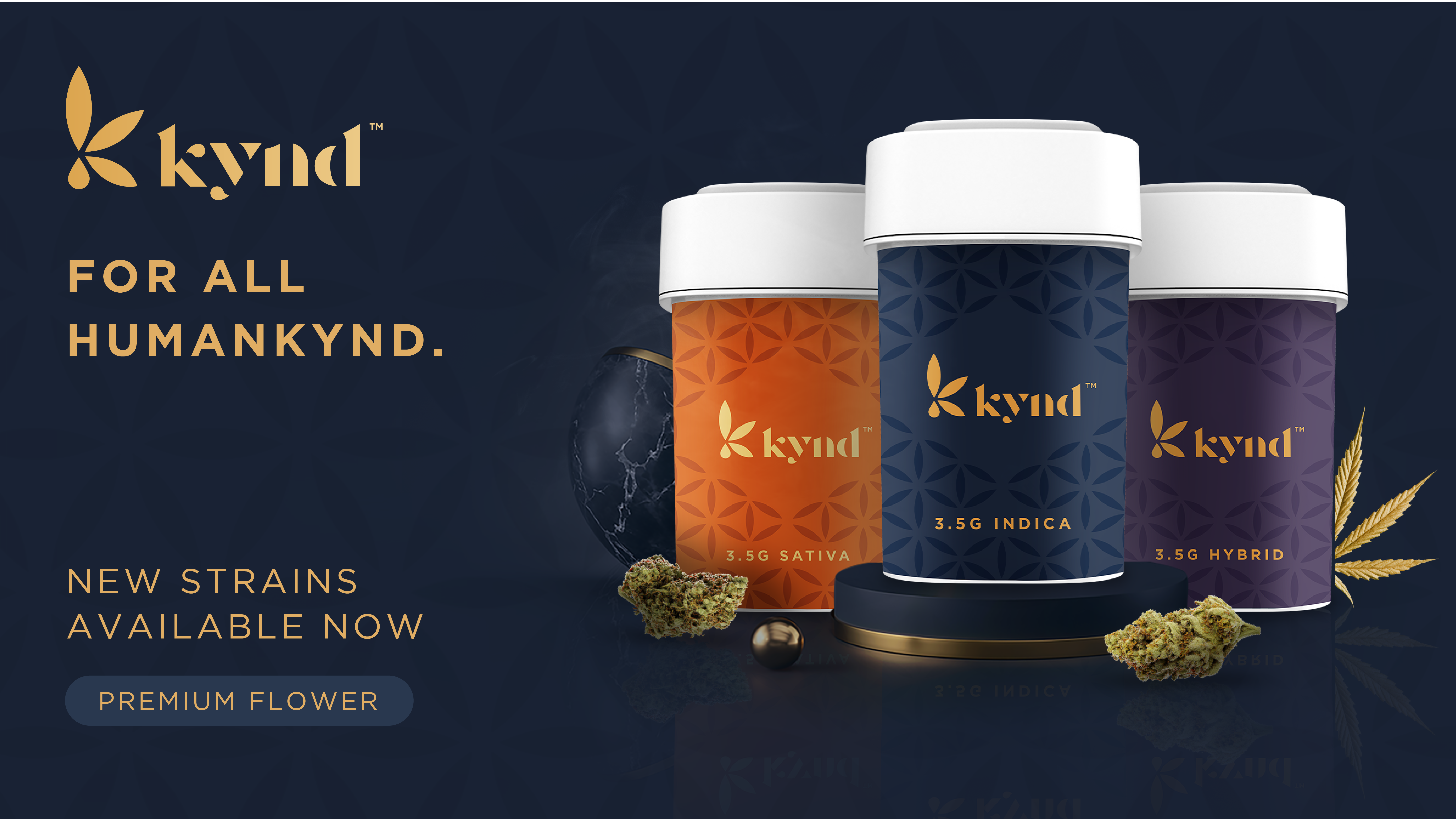More than 20,000 terpenes appear throughout nature, in every plant, every flower, and even some insects. Relatively few of these aromatic hydrocarbons – about 200 – are found in cannabis. But these days, cannabis terpenes are huge in the medical community.
Once thought responsible only for the aroma of plants (as an evolutionary defense mechanism against predators), terpenes are now known to possess serious medicinal value. In cannabis, terpenes work in synergy with each other and cannabinoids like THC and CBD to enhance or buffer the plant’s medicinal strength. That’s what the term “entourage effect” means.
Each terpene also has its own unique powers. We’ve been exploring these in a six-part series about the most common terpenes you’ll find in your dispensary – and this week, we’re looking at humulene, the anti-inflammatory appetite killer that smells like beer.
What Is Humulene?
Humulene (also known as α-humulene or α–caryophyllene) was first found in the essential oils of humulus lupulus (or common hops), a species of plant in the hemp family that gives beer its distinctive bitter “hoppy” taste. Depending on the other terpenes present in a strain, humulene can give cannabis a beer-like scent, too.
Elsewhere, its aroma is subtle: earthy and woody, with spicy, herbal notes. You’ll also find humulene in coriander, basil, clove, black pepper, sage, and the balsam fir tree. In cannabis, you’ll find it most often in sativa strains.
What Does Humulene Treat?
Humulene does it all, but works best against bacteria, inflammation, and tumors. Unlike most strains, humulene-rich cannabis is also anorectic, meaning it suppresses hunger.
This terpene has been used in Chinese medicine for generations in a wide variety of applications, but is most popular now for:
- Weight loss: As an appetite suppressant, humulene works alongside other chemicals in cannabis to promote weight loss.
- Pain: As a depressant, humulene is a potent pain reliever.
- Cancer: Humulene inhibits tumor growth by producing reactive oxygen species, chemicals that help destroy cancer cells.
- Bacterial infections: Humulene’s anti-bacterial applications were favorites in folk medicine and are still used today against the staph infection.
- Arthritis, bursitis, fibromyalgia, and any condition that benefits from reducing inflammation.
- Malaria, dengue fever, lymphatic filariasis, and other viruses from early third-stage larvae. Like linalool and limonene, humulene is toxic against fungus and pests.
Humulene’s anti-inflammatory properties, in particular, are so strong that the terpene has been compared to the steroid dexamethasone, which is listed as one of the WHO’s most essential medicines.
Popular Strains (and What You Should Know Before Buying)
The most common humulene-infused strains include:
- Pink Kush: This indica-dominant strain gets its name from the tiny pink hairs that sprout from its buds. Pink Kush is known for overpowering potency; even a small dose may work wonders for pain, insomnia, and weight loss.
- Sour Diesel: Sometimes called Sour D, this sativa-dominant strain is named for its pungent, diesel-like aroma. Its energizing, dreamy effects may relieve stress, pain, and depression.
- Headband: Famous for distinctive notes of lemon and diesel and as a long-lasting, relaxing remedy that may help ease pain and stress. Headband gets its name from the slight pressure some patients feel around the crown of their head after consuming it.
- GSC: Formerly known as Girl Scout Cookies, this hybrid brings full-body relaxation. Patients often look to GSC for relief of severe pain and nausea.
- White Widow: An earthy hybrid which may provide a powerful burst of euphoria, energy, and creativity. White Widow also contains myrcene.
Humulene is effective taken topically, orally, or even by aerosol in forms other than flower. It’s added to balms and salves, for example, as topical relief for pain and inflammation. Plus, humulene’s anti-inflammatory, anti-cancer, and anti-appetite forces amplify when combined with its cousin, beta-caryophyllene (β–caryophyllene), the “dietary cannabinoid” of terpenes.
That’s just one example of the entourage effect in action. When combined with other terpenes, and working in harmony with THC and CBD, humulene offers a wide variety of health benefits. In our next – and final – Terpene Series post, we’ll take a look at what beta-caryophyllene is capable of alongside humulene and other cannabis components.






